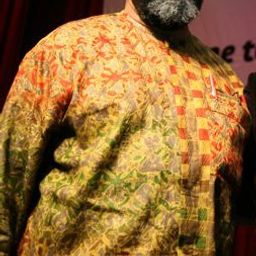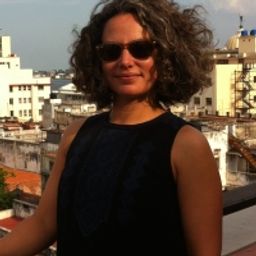
prof. Bianca Gioia Marino
She is member of:
- ICOMOS
- CIRICE_Centro Interdipartimentale di Ricerca sull’Iconografia della Città Europea
-UNISCAPE (European Network of Universities for the Implementation of the European Landscape Convention)
-SNECS (Social Network of Historical Towns Entities)
-CRdC INNOVA (Centre for Development and Transfer of Innovation for Cultural and Environmental Heritage)
Main publications:
-Restauro e autenticità. Nodi e questioni critiche, 2006
-Cupole e restauro. Il Panthéon di Parigi tra architettura, scienza e conservazione, 2012
-The cultural landscape of Georgia: for a particular borderline of the Georgian sites safeguard, 2013
- Landscape and Image: Perception of Authenticity and Identity of Places, 2014
-Valorisation touristique et authenticité: une question méthodologico-fondatrice pour la conservation, 2015
Research programme:
2015_Coordinator of research group Transdisciplinary Conservation and Restoration of Architecture and Historic Landscape
2014-2015_PI in Scientific Co-operation Agreement 2014-2015 between DiARC, School of Specialization of Architectural Assets and Landscape and Municipality of Castelnuovo di Porto (Rome)
2013-2015_Coordinator RU in the Research Program DATABENC-SNECS (Social Network of Historical District Entity)
2012-2013_PI ICOMOS Italy in the European research “ROVINA Robots for Exploration, Digital Preservation and Visualization of Archaeological Sites”, 7th FP
2011-2013_ Accessible Pompeii. Guidelines for a wider use of the archeological site granted by the Center of Science and Technology, University of Naples Federico II
2011_Master Plan for the enhancement of Castelcapuano in Naples.
Sessions in which prof. Bianca Gioia Marino participates
domingo 5 junio, 2016
Sessions in which prof. Bianca Gioia Marino attends
sábado 4 junio, 2016
What if we changed our views on heritage? And if heritage has already changed? While, on the global scene, states maintain their leading role in the mobilization of social and territorial histories, on the local scale, regions, neighbourhoods and parishes have changed. Citizens and communities too: they latch on to heritage to express an unprecedented range of belongings that no law seems to be able to take measures to contain, often to the discontent of...
Most of what we experience as heritage emerges into conscious recognition through a complex mixture of political and ideological filters, including nationalism. In these processes, through a variety of devices (museums, scholarly research, consumer reproduction, etc.), dualistic classifications articulate a powerful hierarchy of value and significance. In particular, the tangible-intangible pair, given legitimacy by such international bodies as UNESCO, reproduces a selective ordering of cul...
domingo 5 junio, 2016
"What does heritage change?" is a multifaceted question to which the answer(s) are in primary respects related to real-life negotiations among different groups of citizens, cultures, races, ethnic groups, sexual identities, and social classes about received, official and/or widely accepted or accomodated intangible attributes, cultural traditions, historic monuments, buildings, and other transmitted or revived historical legacies. Heritage designated by and for whom, for what motivations, an...
lunes 6 junio, 2016
The field of heritage has emerged as a key site of reflection. Influenced by shifts in the academy (e.g., post-colonial, post-structural and feminist theories), heritage scholars are bringing increased attention to the deployment of heritage as both a conceptual category and a contested field of power and discourse. Nevertheless, significant challenges remain in communicating what comprises the theoretical and methodological toolkit of heritage studies. Scholars are still mapping out the nuan...
This proposal makes the case that heritage’s capacity for change may be dependent on a paradigm shift in how heritage is interpreted. With this paradigm shift in play, a question is then asked: Can authenticity be used as a design driver to resolve how best to incorporate the four pillars of sustainability in a building’s design? The proposal begins with a discussion about the difference between using heritage reactively and proactively. It then presents a brief introduction to the...
Le patrimoine fait aujourd’hui l’objet d’attentions autant que d’agressions et de destructions. Cela peut s’expliquer par les difficultés de son identification ou de sa conservation. Cela peut plus profondément s’expliquer parce que, dès le départ, il célébre un événement ou conserve une mémoire qui peut être ou devenir une source de dissenssions et de conflits politiques. Enfin, sa reconnaissance suscite des gains économiques pour les uns mais des pertes pour les autres. Mais peut-être...









